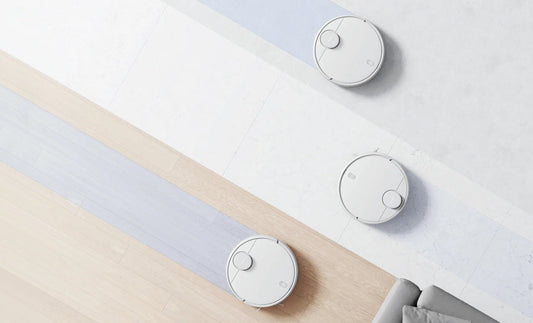
Updates from Xiaomi have been launched. Android 16 is ready for the first smartphones.
Xiaomi has begun the global rollout of its new system – HyperOS 3 based on Android 16. This is not just another update but a true step forward toward a faster, more unified, and more intelligent ecosystem. The first models to receive it are Xiaomi 15T and Xiaomi 15T Pro, with more devices soon to follow.
A new chapter in Xiaomi software history
HyperOS 3 continues the brand’s vision of connecting all Xiaomi devices into one seamless ecosystem. Based on Android 16, the system brings not only a refreshed appearance but also major improvements in speed and smoothness.
The interface has been redesigned and simplified, animations feel more natural, and switching between apps is now fluid and lag-free. Xiaomi focuses on aesthetics, minimalism, and usability – all solutions are meant to be intuitive and convenient for the user.
At the center of the changes is the completely new “Super Island” panel, which makes it easier to manage notifications, media, and navigation. The concept resembles the dynamic islands seen in other systems, but Xiaomi gives it its own twist – emphasizing personalization and user preference.
First devices receiving the update
The rollout began with Xiaomi 15T and Xiaomi 15T Pro, the first devices in Europe to download the OTA update along with the October security patch. Interestingly, Xiaomi decided to start with upper-mid-range models rather than flagships. The Pro version, powered by the Dimensity 9400+ chipset, acts as the first global test group to ensure system stability before wider deployment. In the coming weeks, HyperOS 3 will reach flagship models from the Xiaomi 15 series, followed by Redmi Note 14, POCO F7, and POCO X7. Additional devices such as Xiaomi 14 and POCO F6 are expected to get the update between November and December. According to Xiaomi, most new models will be updated by the end of 2025.
What’s new in HyperOS 3 and Android 16
The new software version is more than just bug fixes – it delivers a fresh and modern feel. The interface gains a new color scheme, cleaner icon layouts, and more refined visual effects. HyperOS 3 runs faster thanks to improved memory management and better CPU resource allocation.
The manufacturer claims that app launch times are 20% faster and switching between them is nearly instant. The difference should be noticeable in everyday use – both on newer and mid-range devices.
Another highlight is the enhanced Xiaomi device integration. Smartphones, tablets, watches, and even TVs or smart vacuums now cooperate more smoothly, sharing data and notifications in real time. It’s another step toward the “one system for all devices” concept – similar to Apple’s unified ecosystem.
Privacy and security have also been improved. Xiaomi added more detailed app permission controls and stronger data protection tools. The system includes the October security patch, enhancing protection against potential threats.

New look and functionality
The most visible change is the Super Island panel – a dynamic zone displaying key information and quick actions without opening apps. It simplifies everyday tasks, whether playing music, replying to messages, or using navigation.
In addition, HyperOS 3 offers a variety of new themes, icons, and widgets for full customization. The system also manages battery modes more intelligently, automatically adjusting performance based on usage for longer runtime.
According to early users who received the update, the interface feels noticeably smoother, and the system responds faster even under heavy multitasking. Xiaomi has managed to combine performance with functionality, making everyday use more intuitive than ever.
Longer support – Xiaomi catches up with the leaders
Previously criticized for shorter update cycles compared to Samsung or Google, Xiaomi has now announced an extended update policy for selected models. New smartphones will receive up to four major OS updates and five years of security patches.
This move may significantly improve the brand’s image, as many users previously chose competitors mainly due to longer software support.
With HyperOS 3, Xiaomi proves it can stand alongside the industry’s best. The company now focuses not only on hardware specs but also on software quality and longevity.
How to prepare for the update
Before installing the new system, keep a few things in mind:
1. Back up your data – while the update process is safe, it’s always wise to secure your photos and contacts.
2. Make sure you have enough free storage space – the update package may be several gigabytes in size.
3. Charge your device to at least 60% to avoid interruptions during installation.
4. After the update, give the system a few hours to optimize – this is a normal stage where apps adjust to the new environment.
If the update hasn’t appeared on your device yet, be patient – the rollout happens in phases and may take some time.
What’s next?
After deploying HyperOS 3, Xiaomi plans to continue developing its ecosystem. Upcoming updates will extend to Redmi and POCO devices and introduce new AI-based features. The system will become even more context-aware, adapting to user behavior and working style.
In the long run, Xiaomi aims to build an environment where all devices – from smartphones to smart-home systems – work together seamlessly. It’s clear that the brand is moving toward greater unification and consistency, which may become its biggest advantage in the competition for users.















